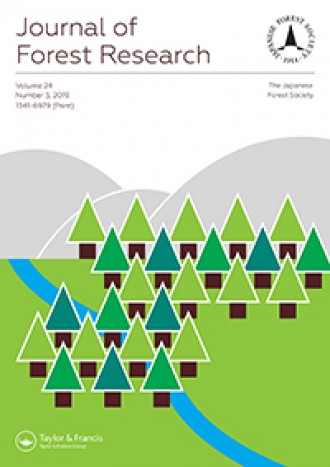Characteristic of tree cavities in sal Shorea robusta forest, Nepal
ABSTRACT
Tree cavities are one of the key structures that influence abundance and diversity of cavity-dependent
organisms in forests. The natural processes that lead to cavity formation and regulate
the abundance of cavities are poorly understood, especially in subtropical regions of Asia. Surveys
of tree cavities suitable for breeding birds were conducted in southern Nepal in sal Shorea robusta
dominated forest. A cavity was defined as a hole in a tree trunk or a limb with a minimum entrance
diameter of 2 cm × 2 cm, interior space, depth at least 2 cm and a solid bottom with a minimum
diameter of 5 cm. Within 50 sample plots, we found 104 tree cavities. The mean height of cavity
entrances (6.8 m above the ground) varied across tree species from 3.4 m in Dillenia pentagyna to
10.3 m in S. robusta, and was positively correlated with DBH of tree. The entrance exposures were
most often to the south (38.2%), and located mainly in trunks (74.0%). Cavity entrances were very
different in size, with mean smallest diameter 7.7 cm, the average depth of the cavity was 25.7 cm.
Mode of cavity production (excavated or non-excavated) was best predicted by a model including
diameter of cavity tree (DBH), cavity height and their interaction. Single check of cavities showed
signs of use by birds in 21% of them. Excavated cavities accounted for 27.9% of all cavities,
indicating that role of woodpeckers as cavity providers might be of importance for secondary
users in sal forest.

